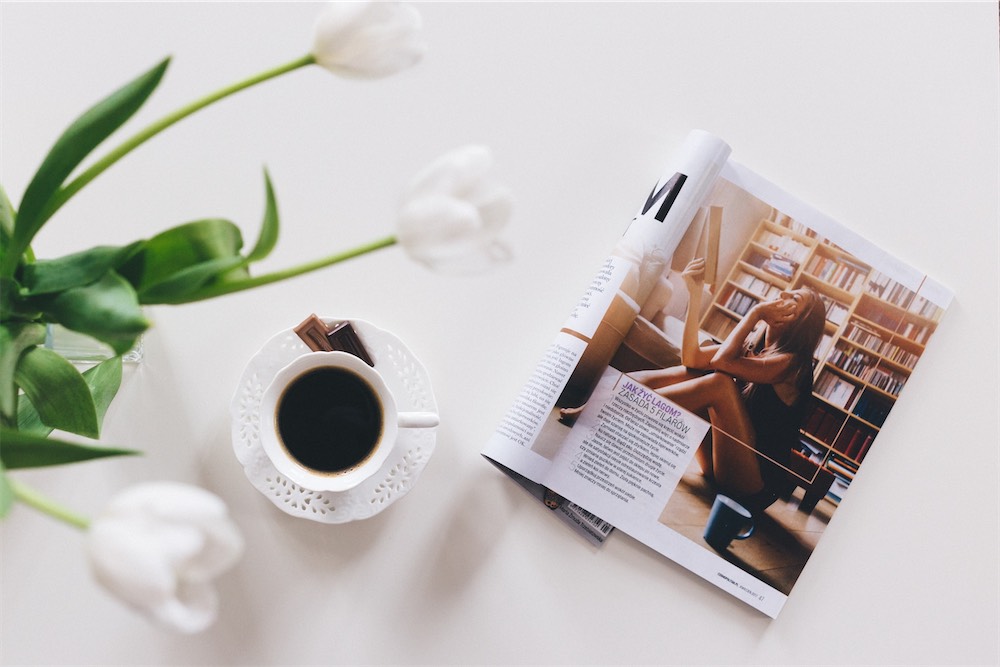Violins and instruments of the violin family (violas, cellos, upright basses) are made of wood, which acts as a natural resonator and amplifier for the vibrations of the strings. Fingerboards and pegs are traditionally made of ebony; a hard, dense wood that has a very smooth finish when polished. These qualities make an ideal fingerboard surface to comfortably and evenly stop the strings with the fingers for different pitches. Ebony’s durability make it able to withstand the repeated impact of fingers and strings and friction of pegs turning in the pegbox.
Eventually fingerboards may need to be re-planed when regular wear does occur. This process is called “dressing the fingerboard”. However, an ebony fingerboard can withstand years of regular student use, and it is usually only professionals who play full time to make a living who have to worry about dressing the fingerboard every decade or so. Ebony is more durable than other woods. Student instruments will sometimes have “ebonized” fingerboards and pegs. Some other, cheaper wood has been painted to look like ebony to reduce cost.
Best case scenario, a hard wood is used and provides the player with a smooth surface that feels like ebony. The instrument has been set up with care. In the setup process, individual parts are fitted together by hand. Unfortunately, this is not often the case. Violins that have skimped on wood may also have a poor set up. Lower quality and even unplayable instruments with ebonized woods are common. When not set up properly, the instrument becomes very difficult, if not impossible, to play. The pegs may be impossible to turn or might slip and not hold the string to pitch.The fingerboard may be too high or too low and uneven. The strings may buzz against ebonized wood. Ebonized fingerboards may not be smooth. Sometimes irregularities in the fingerboard can only be felt under the fingers. A student player will not know they are feeling flaws, they will only know that it doesn’t feel good to play. Sometimes imperfections can be seen as waves in the wood or drips in the paint. These instruments should definitely be avoided.
Regardless of setup, an ebonized fingerboard will wear much more quickly than ebony. The black paint or varnish may wear off. Black paint or finish used to “ebonize” and create a smooth surface may chip, causing all the problems associated with poor fingerboards, and even splinters!
The advancing student will need to step up to a better quality instrument with a quality ebony fingerboard. When shopping for a student instrument, an ebonized fingerboard may be a clue that the instrument is of poor quality or even unplayable. Follow the recommendations of your teacher or a trustworthy instrument dealer who is knowledgeable of string instruments specifically to find a student instrument that is best for you.
